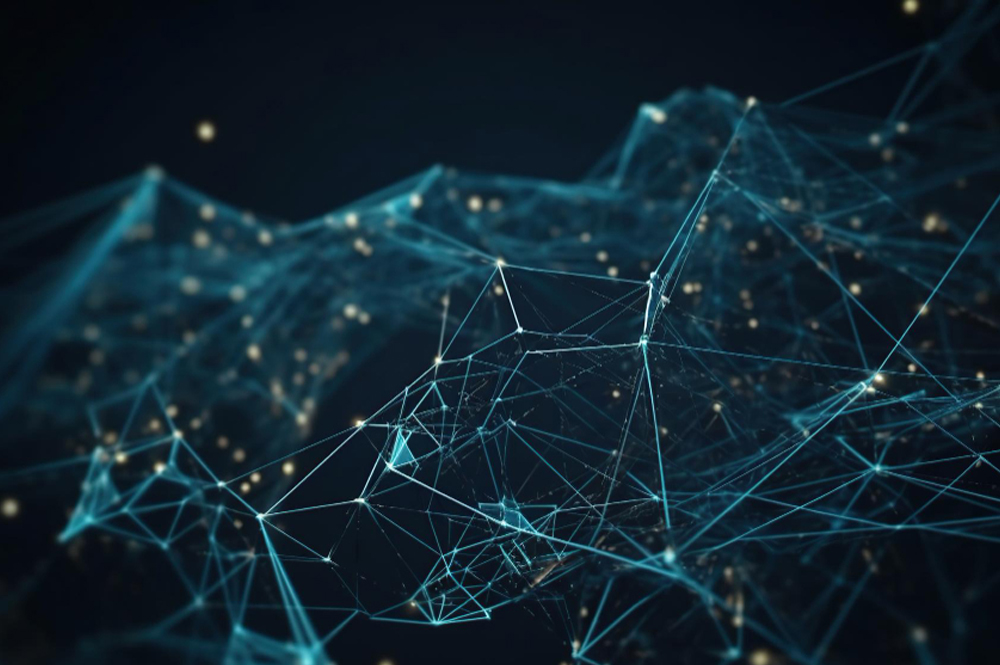Navigating the pitfalls of AI adoption: Enhancing safety and governance strategies in the tech industry
See through the AI cloud; three issues facing the software testing community today are:
- The role of the tester in the technology upheaval.
- The changing character of testers.
- AI in testing and testing in AI.
In the last two decades, what has driven the enormous growth in the software testing community—and may continue to drive it—is the advent of technology in everything we touch, feel, see, taste, and hear. It’s remarkable that the testing craft has undergone its own democratized expansion and amassed strength in advancing digital transformation. In this pursuit, we are encountering more rivalry. There is worry. There is fear.
I, for one, think this is a reflection of an opportunity to collaborate—an opportunity to revolutionize collective action to accelerate and elevate the influence of testing in a digital world. A dynamic pivot to exert corporate politics, pressure, and voice to make testing in the new AI world go viral.
In real terms, how do we tackle the fascinating existential issues facing the testing community?
1. Role of the tester in the technology upheaval
The role of the tester in high-velocity, high-risk technology change means a lot of things, especially a role free of old taboos and filled with new anxieties. Test cases or no test cases, automation or no automation, scripted or low/no code, exploratory or by the book, integrated in the pipeline or waterfall—testers engineer quality and not platform traps. This is an opportunity for real intelligence and not a disastrous push for “everything Artificial (Intelligence).” In this technological upheaval, the tester must be fueled with the flexibility to exercise freedom and control to make choices—to be exploratory, creative, logical, and a critical thinker. The tester must not be desperate to survive.
2. The changing character of testers
In a mad quest for AI, there is a downside to being a tester these days. We are seeing tremendous amounts of stress and prescribed stupidity. Testers are reasonably sure of their risk of falling out; they doubt their existence. They don’t have an empowered, happy day at testing. The man-made impact is pushing testers to unlock hard-fought, reluctant, but real choices and take a fresh look at threats vis-à-vis their decisions: “Can I expand adjustments to the intersectional biases and barriers around me and my role? Is this a myth I can debunk or something I can really contribute to?”
The effect and extent of microaggressions, along with the tester’s appetite to look through the information avalanche and ability to coordinate change, can highlight the path forward to tap into the power of AI. It’s a tall order; however, “investing, incentivizing, and improving” is essential—investing to eliminate the continuous waste being injected, incentivizing experiments in testing, and improving the testing ecosystem can move the needle.
3. AI in testing and testing in AI
AI is ominous. Sorting out what it is used for, who is using it, and where they intend to use it can lend some certainty regarding the critical distance or degree of tolerance that AI commands and demands. Bard, ChatGPT, Bing, local LLMs, and OpenAPI can transform prescribed input into specified output. They may perform or enable the performance of functional correctness for the system under test. But what about security, load, stress, reliability, compatibility, responsiveness, and even accessibility?
The scale of technological change has pushed testers and the testing community forward. The structure of technology change is quite dramatic. The individual advancement of the craft and its community is under siege, posing difficult issues of transition. If you are a functional tester, sadly, there is not much demand for functional testing. If the wave of the future is AI, testing must shift “to” AI or “in” AI; testers must uproot themselves to figure out the fail-safe alternatives “of” or “in” AI. There is good and bad news: the good news is that the threat from AI is real; the bad news is that when, and not if, AI takes over some testing activities, testers will be freed up with a huge amount of time. Unfortunately, most who fail to adapt are the ones who will fail to imagine that there is meaning to life beyond work. Maybe ChatGPT and Bard will help feed their imaginations.
I find these existential issues fascinating. Unlike the usual coping tendency, I am confident that testers will embrace the uncertainty. The vibrant and large software testing community will become a strong coalition for change.
– Manav Ahuja
Co-founder & Managing Partner
Stratgyk Consulting Inc.



